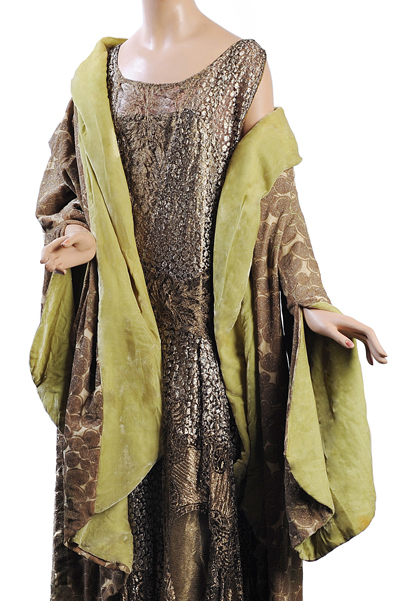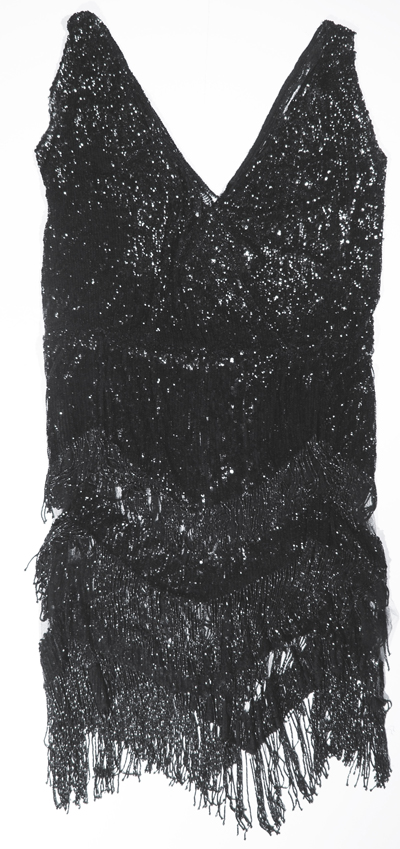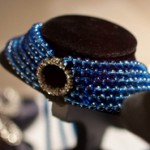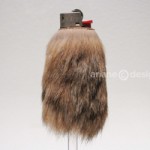The Museum of Vancouver is preparing to unveil a new exhibit this March, featuring Art Deco women’s fashion from the 1920s and 1930s. Entitled Art Deco Chic: Extravagant Glamour Between the Wars, this collection will contain over 66 garments from the era.
Art deco began in Paris in the 1920s and quickly gained worldwide popularity. Here in Vancouver, we have great art deco architecture examples in the Marine Building and Burrard Street Bridge. Starting March 8 (and continuing through September 23 of this year), the public can also see it captured in women’s fashions.
“The garments chosen for exhibition have been selected because of their beauty and fine quality,” explains guest co-curator Ivan Sayers. “Some of the most important fashion designers in the world in the 1920s and 1930s will be represented.”
The fashion design of the era was a distinct departure from previous design styles. Drawing inspiration from geometric shapes to evoke elegance and modernity, it was also influenced by an increased ability to travel world wide – bringing inspiration not only from modernism, but from faraway places such as Russia, Egypt, and Mexico.
Notable Vancouver items include a black beaded gown worn to the opening of the Commodore Cabaret in 1929 and a red and gold lamé evening dress made from fabric depicting the battles of the Trojan War. Many items on display are one-of-a-kind designer dresses from fashion houses such as Chanel, Lanvin, Vionnet, Patou and Schiaparelli. In contrast to these high fashion items is a piece from the MOV’s collection – a modest, yet stylish, navy polka dot dress made by the Aurora Dress Company of Vancouver circa 1927.
The garments and accessories on display come from the private collections of Ivan Sayers and Claus Jahnke, as well as from the MOV and other collections.
Ivan Sayers is a fashion historian who specializes in the study of women’s, men’s, and children’s fashions from 1650 to the present. From 1970 to 1990, he worked at the museum, serving as its Curator of History from 1976 to 1990. He also happens to own one of the largest collections of historic clothing in Canada.
Claus Jahnke specializes in the study of fashion design history in Germany and Austria and now has one of the most important collections of historical clothing from those countries existing outside of Europe. His collection includes men’s, women’s, and children’s garments from 1720s to 1960s and he now is consulted by historians and other researchers from all over North American and Europe.
Handbags, hats, shoes, and jewellery will further illustrate the use of geometric shapes to create sleek, sophisticated designs.




















